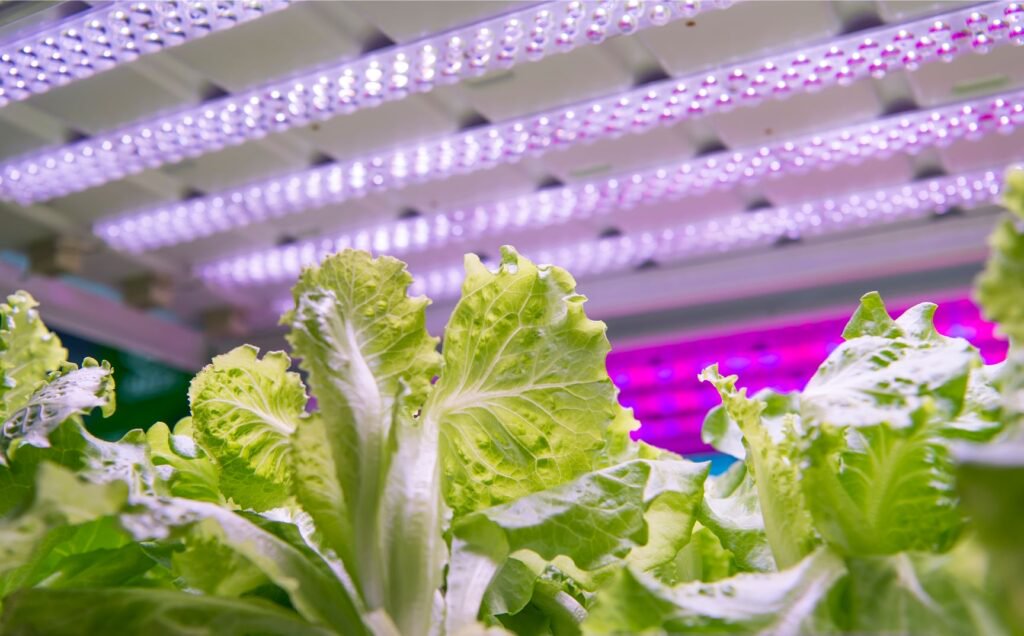Agricultural technology, commonly referred to as AgTech, is the intersection between technology and farming, and it includes any innovation utilized in agriculture, horticulture, or aquaculture that improves yield, efficiency, profitability, and/or sustainability. Driven in large part by climate change, the AgTech sector has grown significantly and consistently over the past decade, and investments have kept pace.
AgTech investment began in roughly 2010 and has seen a Compound Annual Growth Rate (CAGR) of 41%, according to PitchBook Data Inc. Growth has been driven primarily by climate change and population growth, separately and simultaneously. Goals of AgTech companies largely include increasing yield and maximizing key traits, such as flavor, size, or pest resistance.
Despite significant slowdowns seen across most industries in late 2021 and into 2022, AgTech, saw continued growth and venture capital activity. Factors driving the record capital investment into AgTech include:
- Food security – Increasing weather events have harmed crops and worsened food insecurity, and more recently, Russia’s invasion of Ukraine is disrupting the world’s grain supply while driving up costs and causing further supply chain issues. Indoor farming, for example, is working to address these issues by enabling year-round production while also reducing water and fertilizer usage and minimizing transportation costs.
- Productivity gains – Crop management software can be used to optimize and manage operations and production across all phases and segments of farming, assisting in the management and monitoring of land, livestock, and compliance.
- Environmentally friendly techniques – According to the EPA, agriculture is responsible for nearly a quarter of greenhouse gas emissions. Carbon monitoring tools can be used to track emissions produced by a particular activity at a particular time. Because a lack of reliable data on emissions is a key barrier to reducing them, these tools and other technology can help make farming more efficient and sustainable.
Currently, there are nearly 400 active U.S. companies with five or more patents in AgTech, representing 17% of the industry, and outpacing several other high-profile, up-and-coming industries, including AI, Big Data, and Clean Tech – and only slightly behind Augmented Reality, Robotics, 3D Printing, and IoT.
The AgTech sector is rich with intellectual property and trade secrets, and there are a multitude of opportunities to develop and implement new technology to impact key issues. Because AgTech is driven by largely by climate challenges, the industry growth is fueled by factors that are only growing as well.

